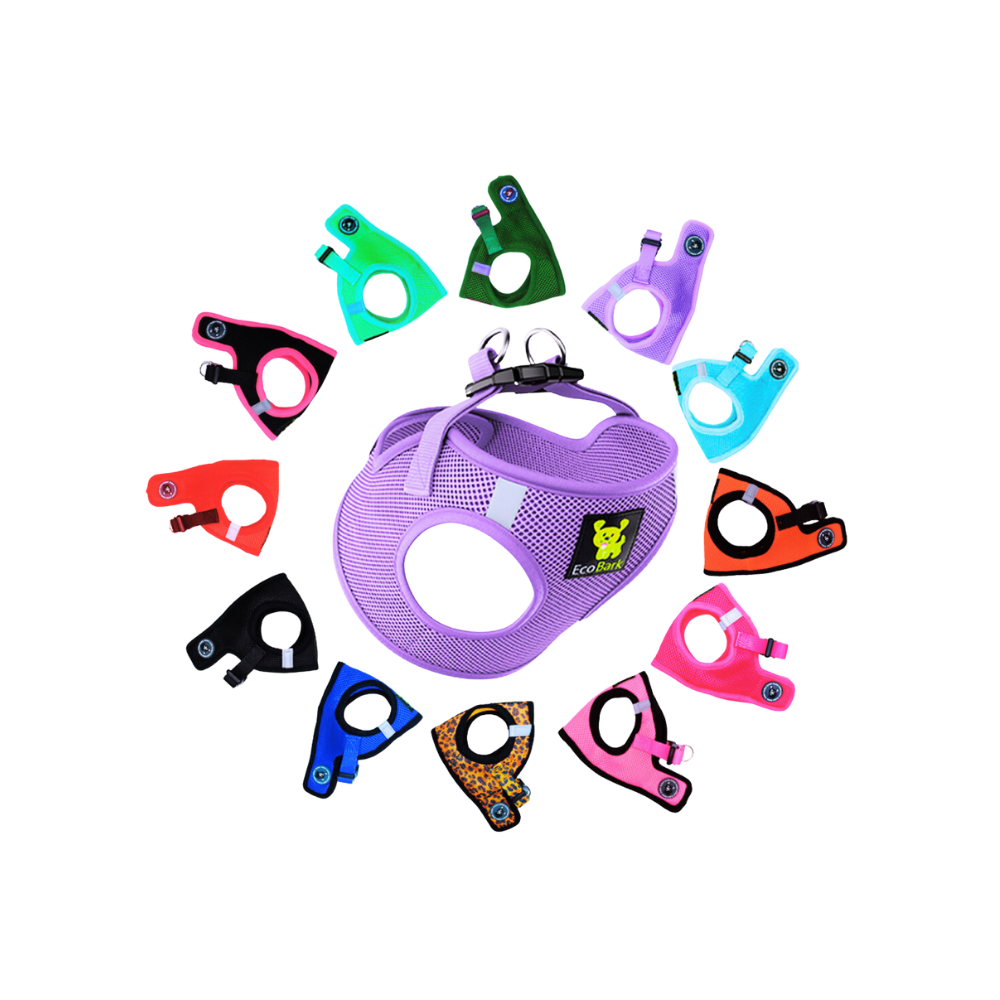10 Reasons to Stay Away from a Retractable Leash
Retractable dog leashes are a common sight. Out and about in most cities, you’ll see the familiar big bulky handle with the thumb-operated stopper. They extend quite far, allowing dogs to roam up to 26 feet away from their owners and reel back in via a spring loaded device in the handle.
Retractable dog leashes are popular because they allow the dog a large range of movement without the owner having to follow or change their walking pace and path. However, in this article we will discuss the drawbacks of retractable leashes and why they might not be the right choice for you and your dog.

They Can Train Your Dog to Pull
The extended and variable range of a retractable dog leash can teach your dog that all it has to do is pull to get a few more feet. While the thumb brake on a retractable leash can seem like a good control method, owners who use this type of leash often tend to allow an extra foot of slack here and there as they get tired of the pulling, which rewards pulling behavior.
They Can Let Your Dog Get Too Far Away
Up to 26 feet of play can often be too far for an owner to comfortably be able to keep tabs on their dog. It’s far enough for your dog to run into danger before you can get control. This kind of distance can lead to poor communication between you and your dog and can ultimately be a safety concern for both of you.
Lack of Control in a Confrontation
In the unfortunate event of a confrontation with another dog that becomes aggressive, the owner often doesn’t have the control needed to steer their dog away quickly. This can lead to injury and other complications with fellow dog owners and passersby.
A Weak Cord
Retractable leashes often have thinner, weaker cords than traditional flat leashes, and they wear down more quickly because of the constant spooling and unspooling. A good, strong dog can break one of these with a sudden yank, causing all sorts of complications.
The End of the Rope
When these cords pull to their fullest extent, owners are often unaware. This means that at the precise moment you need most control over your dog, the handle can get pulled right out of your hand. You get used to using the thumb brake to stop the cord, so you aren’t holding tight enough when the cord stops on its own.
Injured Dogs
Neither owner nor dog knows exactly where the cord ends, and when the cord suddenly reaches the end, a dog will suddenly feel a severe pull on its neck, potentially causing bruising or tracheal injury. A wrapped cord can also suddenly retract, causing rope burns on the dog’s legs.
Injured Owners
With so much play, dogs are more likely to wrap the cord around themselves or their owners. When trying to untangle the cord, the cords often suddenly spring back, causing rope burns and lacerations to their owners.
Poor Handle Design
The bulky plastic handles usually don’t fit very well in your hand, and they require you to keep your thumb on top to use the stopping function. This means you’re usually not gripping the handle securely, leading to a higher chance of losing your leash and possibly your dog.
They Reward Aggressive Behavior
You know your dog isn’t aggressive. But, the body language a retractable leash-trained dog can exhibit can often appear aggressive, leading to unwanted confrontations.
Malfunction
The more movable parts involved in a pet accessory, the more places it can malfunction. A simple flat leash, like a dog training leash from Eco Bark, offers a simple, malfunction-free option. Or you can find our products on any of these great sites:


















Leave a comment